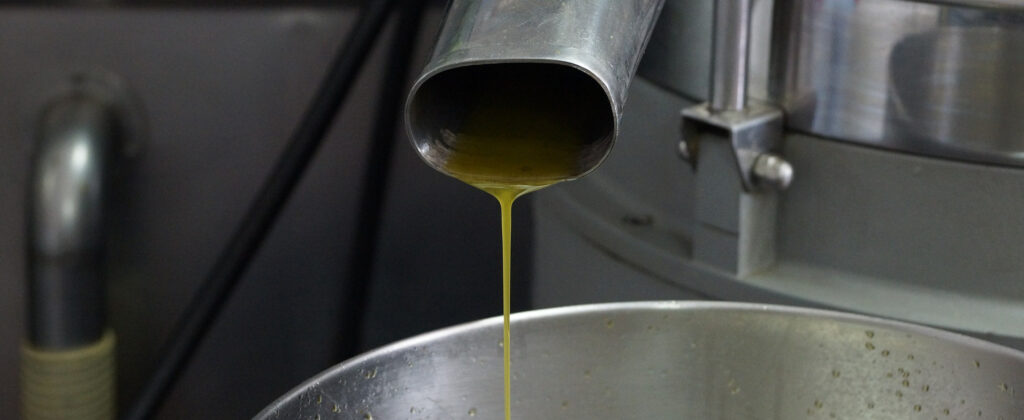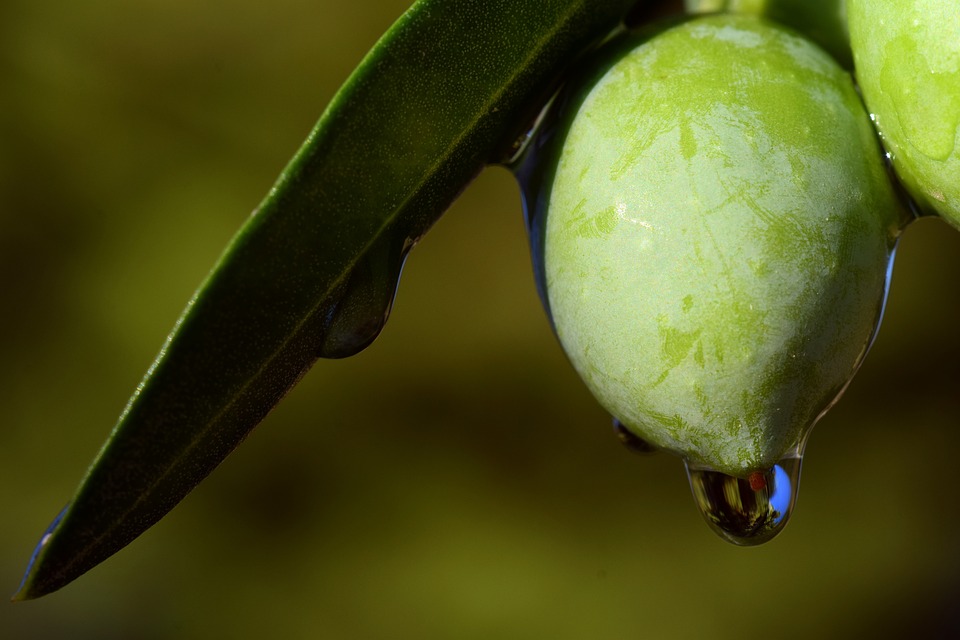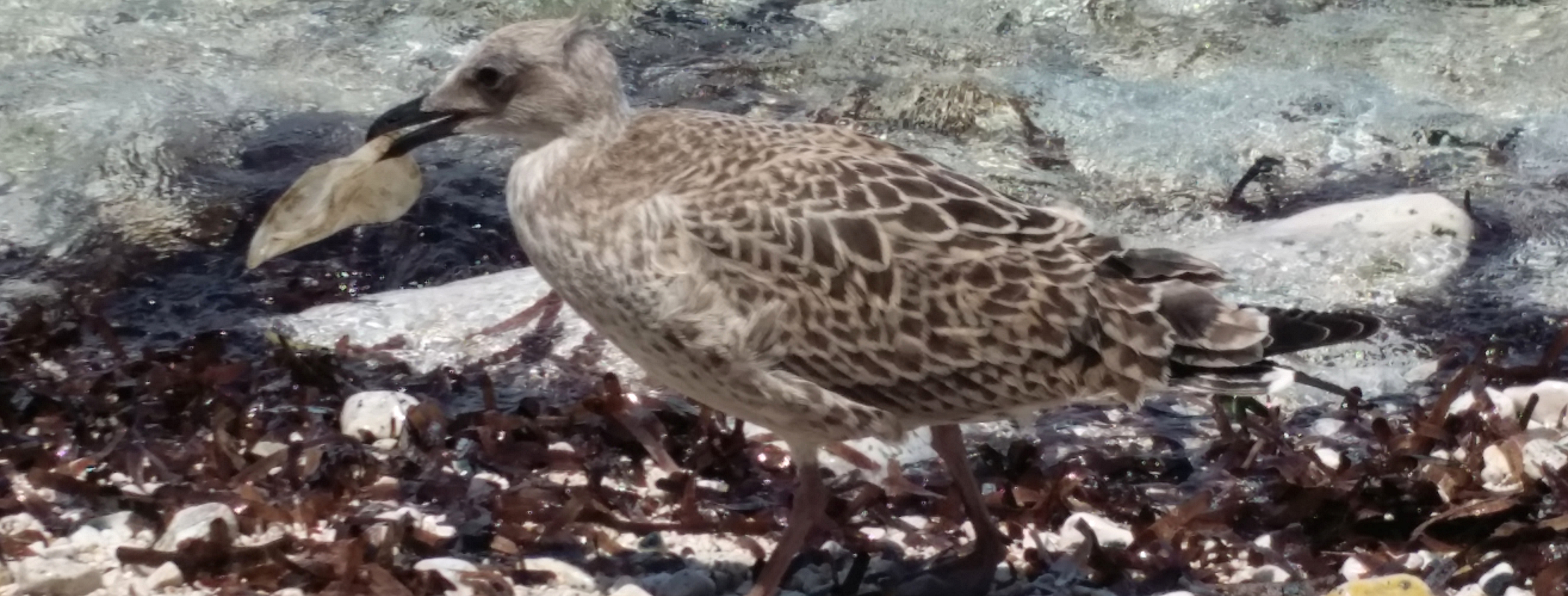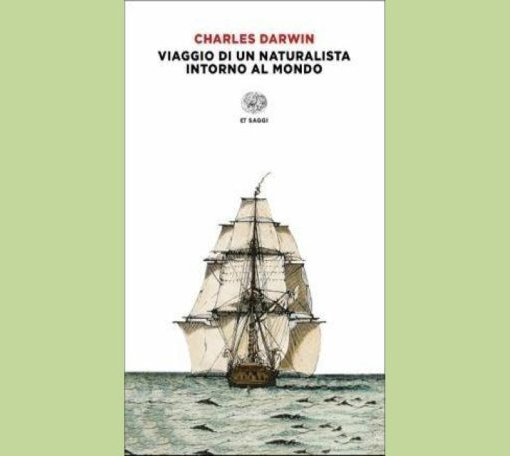
The culture and culture of the olive tree have been handed down over time by the farming tradition, repeating every autumn the whole process of harvesting and pressing the olives.
The pressing technique has been refined over time, with the production of cutting-edge tools and machinery to meet the needs of manufacturers, both in terms of product quality and process yield and environmental sustainability.
The process of mechanical extraction to which the drupes are subjected generates not only virgin or extra virgin oil, but also by-products such as virgin sansa and vegetation waters, which together constitute both a cost and a problem with regard to their disposal.
The virgin sansa, ie the solid part that remains after extraction (skins, pulp and peanuts) is generally sold to sansifici who subject it to further extraction (this time with solvent, then chemical) to obtain the pomace oil, less noble than virgin oil; the exhausted pomace and the pits are both used as biomass to produce energy (eg boilers).

The management of vegetation waters, on the other hand, is more complex, due to the potential pollution they cause to land, groundwater and human health. The vegetation waters are essentially constituted by the aqueous fraction originally contained in the olives and then by the soluble substances dissolved in the drupes themselves, as well as by the water added to the plants during the pressing to facilitate the separation of the oil from the solid fraction.
The organic load of the vegetation waters is therefore very high. Although some mineral components are necessary to the land for agricultural use (eg nitrogen, phosphorus, potassium, magnesium), the phenolic concentrations are not very biodegradable and have difficulty in being treated in conventional sewage plants, if not with very high levels. management costs. However, a possible solution consists in the controlled spreading in terms of time and surface, of the oil waste on agricultural land, for fertirrigation, whose environmental impact is limited and does not cause pollution to surface water and groundwater, instead affecting positive effects on the land agricultural products, thanks to their greater humification and the provision of fertilising substances.
To understand how to best exploit these by-products, converting them from problem to useful resource, you need to take a step back and change perspective: if we compare the composition of the olive and in particular its richness in bioactive substances and antioxidants (phenols), with what is the phenolic profile of extra virgin olive oil we immediately realize that the extractive yield of these compounds is absolutely limited: it is estimated that only a small percentage of the phenols of the olives can pass into oil, while the remaining 97% -98% is lost in the vegetation waters and in the sanse. It goes without saying that the secondary products of mechanical extraction should not be seen more as by-products, but as a source of bioactive phenolic compounds to be exploited in the human, zootechnical or agricultural sectors in general.
Through innovative filtration processes it is possible to obtain from the water of vegetation clean water, reusable in the supply chain itself, a muddy residue to be disposed and about 15% of polyphenol concentrate, which can be used in various sectors, from food to cosmetics, ‘agricultural. The research is in fact working on the development of products obtained from the olive production chain and rich in bioactive phenolic substances, both as ingredients in the food industry with antioxidant and anti-microbial action (eg use of phenols in meat and sausages in order to replace / reduce the use of synthetic anti-oxidants and antimicrobials such as nitrites and nitrates, addition of phenols to stabilize frying oil and reduce the genesis of toxic compounds related to lipid thermodegradation), which for the production of functional foods (olive oils with functional properties, bakery products, fermented milk, fresh cheeses, ready-made sauces and non-alcoholic beverages enriched with bioactive phenolic substances). Recently, zootechnical supplements have also been developed, developed from pomace and concentrates of vegetation waters, which have been administered to animals of different species (ovine, bovine, buffalo and swine) obtaining, with the same production performance, an improvement the quality of milk and meat in terms of acidic fat composition and oxidation stability.
In light of these considerations it is clear that these secondary products, if properly treated, can represent precious resources, both energy and environmental that nutritional, useful for the development of a production and consumption system focused on the “bioeconomy“, ie an economy based on the sustainable use of renewable natural resources and their transformation into final or intermediate goods and services, according to criteria of “circularity”, recovery and valorisation of waste and process residues.
_______________________________________________
https://www.biomassapp.it/blog/sansa-di-olive-nocciolino-e-acque-di-vegetazione-da-scarti-risorse
http://www.agririva.it/D/244167/nuove-frontiere-per-lolivicoltura.php
https://www.biomassapp.it/blog/biomasse-agroforestali-intervista-al-prof-massimo-monteleone
Maurizio Servili, Esposto Sonia, Taticchi Agnese, Urbani Stefania, Veneziani Gian Luca, Selvaggini Roberto. “I residui della produzione olearia stato della ricerca. NUOVE FRONTIERE PER L’OLIVICOLTURA.” Riva del Garda, 14 febbraio 2014.
Credits
Author: Chiara Sanmartin. Researcher in Food Technology at the University of Pisa. Holder of the course of “Composition and Analysis of Food Products” within the Master’s Degree Course in “Biosafety and Quality of Food” – Interdepartmental Agricultural Sciences and Veterinary Sciences of Pisa.
Translation by Maria Antonietta Sessa




